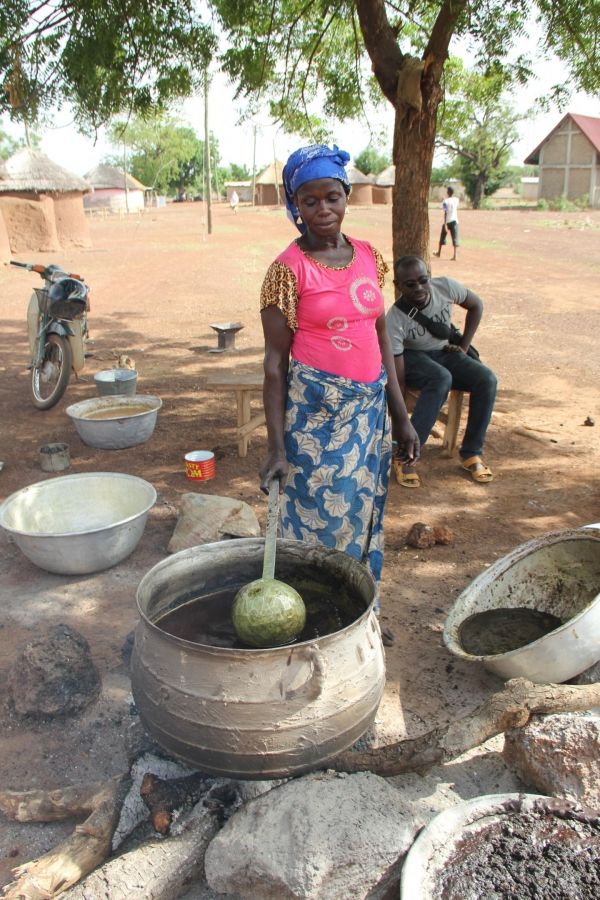Shea yields are likely to benefit from a diversity of trees and shrubs in parkland habitats in West Africa, according to a new study led by scientists from Trinity.
The findings have important implications for managing a crop that is typically harvested and sold by women in rural areas, and which helps finance education for children.
Shea trees (Vitellaria paradoxa) grow in dryland savanna, forest and parkland ecosystems across an estimated 1 million km2 between western Senegal and north-western Uganda.
Shea is an important agroforestry crop providing fruit near the end of the dry season; the nuts are processed into a nutritious butter that helps sustain an estimated 80 million people, as well as providing an income from local and global trade.
Read more at Trinity College Dublin
Image: A woman processes shea butter in Ghana, 2015. (Credit: Professor Jane Stout, Trinity College Dublin.)


